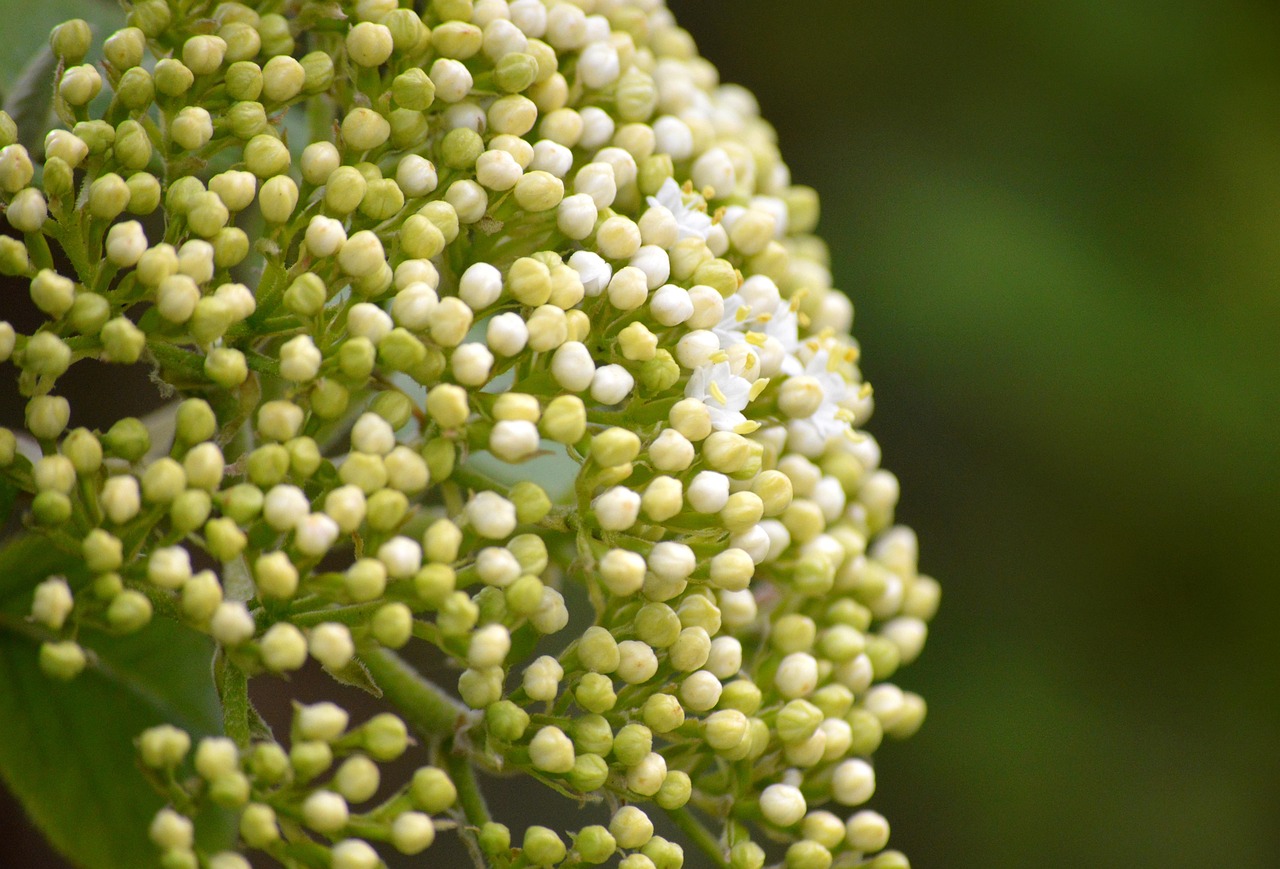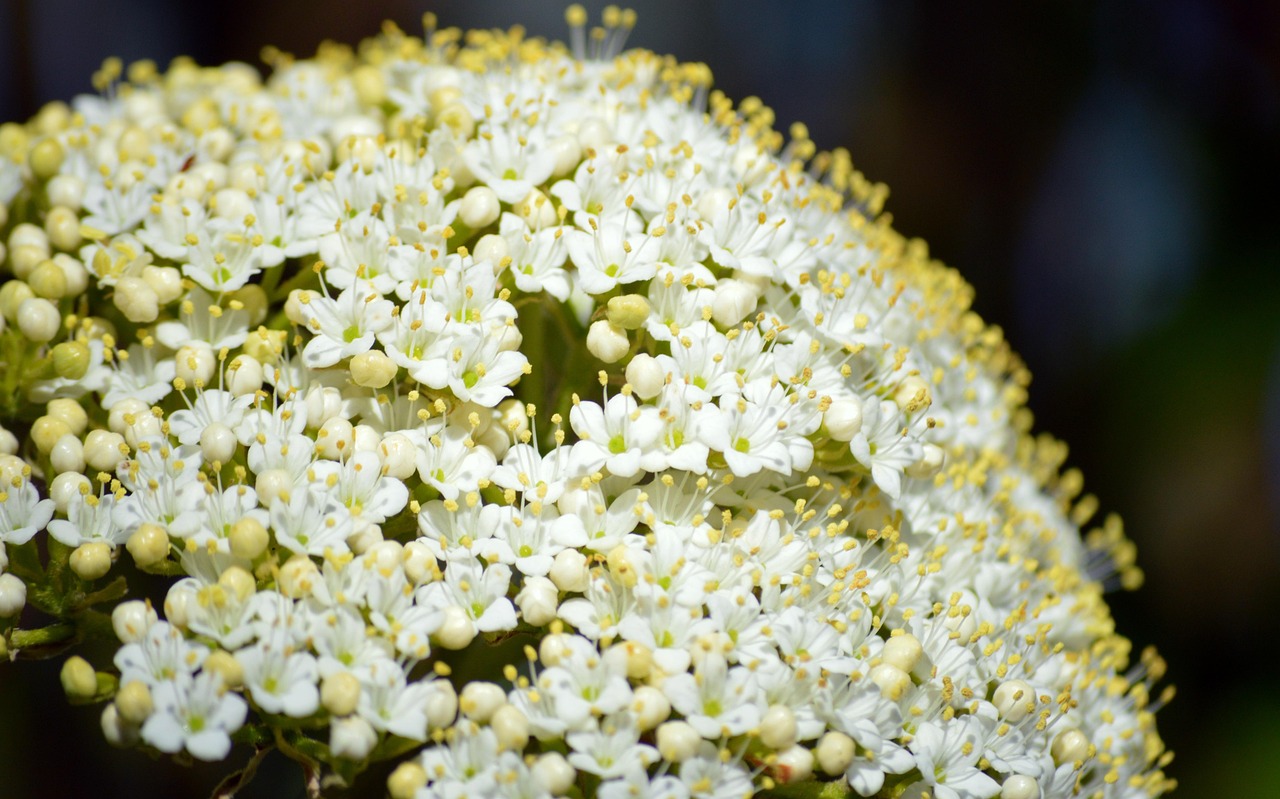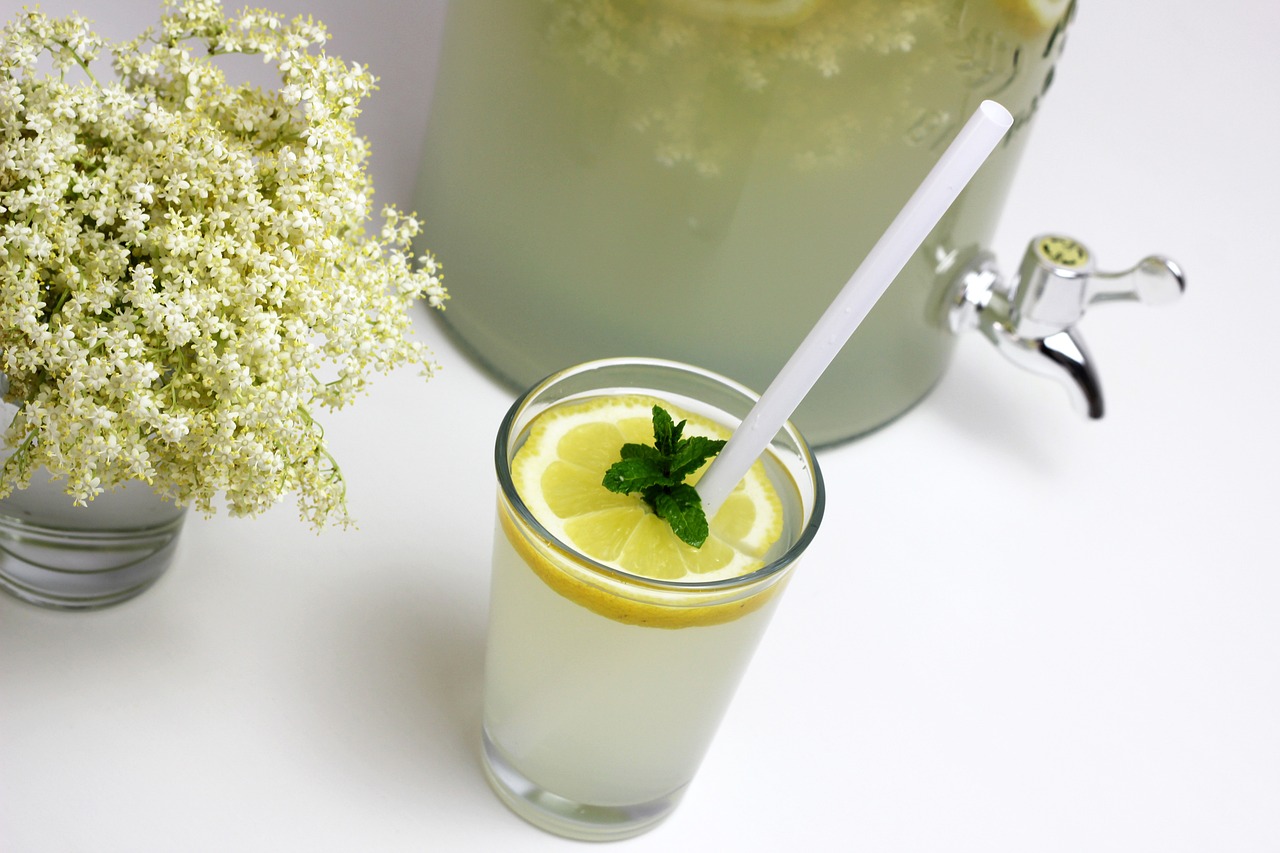Pruning elderberry bushes is essential for maximizing berry production. Proper pruning encourages healthy growth, improves air circulation, and allows sunlight to reach the inner branches. This results in better yields and overall plant vitality.
Elderberry bushes are popular among gardeners for their delicious berries and ornamental qualities. These hardy shrubs can thrive in various conditions and are relatively low-maintenance. However, to ensure a bountiful harvest, it is crucial to understand the best practices for pruning. Pruning not only enhances fruit production but also promotes the overall health of the bush.

Before delving into the specifics of pruning techniques, it is important to know some key facts about elderberry plants:
| Fact | Description |
|---|---|
| Species | Common elderberry is scientifically known as Sambucus nigra. |
| Growth Habit | Elderberry bushes can grow up to 12 feet tall and can spread outwards significantly. |
| Fruit Production | Berries typically ripen in late summer and can be used for jams, jellies, and wine. |
| Pruning Time | The best time to prune elderberry bushes is during late winter or early spring before new growth starts. |
Understanding the Importance of Pruning
Pruning plays a crucial role in maintaining the health and productivity of elderberry bushes. Over time, these plants can become dense with old wood, which can hinder air circulation and light penetration. This can ultimately lead to diseases and reduced berry production.
By removing dead or diseased branches, gardeners can help rejuvenate the bush. Pruning also encourages the growth of new shoots that are more productive and healthier. These new shoots typically yield more berries than older, less vigorous branches.

Moreover, pruning helps shape the bush. A well-shaped elderberry plant is not only visually appealing but also easier to manage. It allows for better access to the berries during harvest time. Additionally, a well-pruned bush reduces the risk of damage from snow or wind due to a more balanced structure.
When to Prune Elderberry Bushes
The timing of pruning is vital for successful elderberry cultivation. To achieve the best results, follow these guidelines:
- Late Winter: It is ideal to prune during late winter when the plant is dormant. This timing minimizes stress on the plant and reduces the risk of sap loss.
- Early Spring: If you miss the late winter window, early spring before new growth begins is also acceptable.
- Avoid Late Summer: Pruning in late summer or fall can remove buds that would produce berries the following year.
Essential Pruning Techniques
Understanding the right techniques for pruning elderberry bushes will ensure a healthy and fruitful harvest. Here are some essential methods:

1. Thinning Cuts
This technique involves selectively removing entire branches from the base. Thinning cuts help open up the center of the bush, allowing better air circulation and light exposure. This method is particularly helpful for older plants with dense growth.
2. Heading Cuts
Heading cuts involve trimming back individual branches to encourage growth of lateral shoots. This method is effective for controlling size and promoting bushier growth. It stimulates new growth at each cut point, resulting in a fuller appearance.
3. Removal of Dead or Diseased Wood
Always inspect elderberry bushes for any dead or diseased branches. These should be removed immediately to prevent the spread of disease and to improve overall plant health.

Tools Needed for Pruning
Having the right tools can make pruning easier and more efficient. Here are some essential tools to consider:
- Hand Pruners: Ideal for cutting smaller branches and stems.
- Loppers: Useful for thicker branches that hand pruners cannot handle.
- Saw: A small saw may be needed for very thick limbs.
- Gloves: Protect your hands while handling sharp tools and thorny branches.
By utilizing these techniques and tools, gardeners can effectively maintain their elderberry bushes. This results in healthier plants and ultimately leads to more abundant berry harvests.
Understanding Elderberry Plant Growth
To successfully prune elderberry bushes, it’s essential to understand how these plants grow and develop. Elderberries are deciduous shrubs that exhibit various growth patterns and habits. Knowledge of these patterns will help inform the best pruning practices.
Growth Stages of Elderberry
Elderberry plants go through distinct growth stages throughout the year. Recognizing these stages allows for timely pruning and care. Here are the primary growth stages:
- Dormancy: During late fall and winter, the plant enters a dormant state. This is the optimal time for pruning as it minimizes stress on the plant.
- Leaf Budding: In early spring, buds begin to swell and eventually open, signaling the start of active growth.
- Flowering: By late spring to early summer, elderberry bushes produce clusters of white flowers, which will later develop into berries.
- Berry Development: After flowering, berries start to form and mature throughout summer, typically ripening by late summer.
Identifying Healthy vs. Unhealthy Growth
When pruning, it’s crucial to differentiate between healthy and unhealthy growth. Healthy branches are typically vigorous, with bright green stems and healthy leaves. In contrast, unhealthy branches may exhibit signs of disease or damage.
Some common indicators of unhealthy growth include:
- Discoloration: Stems or leaves that are yellowing or browning may indicate nutrient deficiency or disease.
- Wilting: Branches that appear droopy or lack vigor may be suffering from root rot or inadequate watering.
- Dead Wood: Branches that are dry, brittle, or break easily should be removed promptly to prevent disease spread.
Pruning Techniques for Different Ages of Elderberry Bushes
The age of the elderberry bush plays a significant role in determining the appropriate pruning techniques. Each age group requires different approaches for optimal results.
Pruning Young Elderberry Bushes (1-3 Years)
Young elderberry bushes require careful pruning to establish a strong framework. The goal is to encourage healthy branching and root development. Here are some key steps:
- Initial Pruning: In the first year, focus on removing any weak or damaged stems. Aim to create a balanced structure with 3 to 5 main stems.
- Encourage Lateral Growth: In the second year, lightly prune back the tips of the main stems. This will promote lateral branching and a bushier appearance.
- Avoid Heavy Pruning: Young bushes should not be heavily pruned as they need energy to establish their root systems.
Pruning Mature Elderberry Bushes (4+ Years)
Mature elderberry bushes benefit from more extensive pruning to maintain vigor and productivity. Here’s how to approach this stage:
- Remove Old Wood: Every few years, identify and cut out older stems that are less productive. This encourages new growth from the base.
- Balance Structure: Ensure that the bush maintains a balanced shape by selectively removing branches that crowd each other.
- Promote Airflow: Thin out dense areas to improve air circulation, which helps prevent disease.
The Role of Fertilization after Pruning
After pruning, it is beneficial to provide the elderberry bush with nutrients to support recovery and stimulate new growth. Fertilization plays a key role in this process.
Types of Fertilizers
Choosing the right type of fertilizer can enhance the health of your elderberry bushes. Here are some options:
- Organic Fertilizers: Compost or well-rotted manure can improve soil structure and provide essential nutrients over time.
- Slow-Release Fertilizers: These fertilizers release nutrients gradually, which can be beneficial during the growing season.
- Liquid Fertilizers: For a quick boost, liquid fertilizers can be applied immediately after pruning to support rapid recovery.
When to Fertilize
The timing of fertilization is also crucial. Here are some guidelines:
- Immediately After Pruning: Fertilizing right after pruning can help the plant recover quickly and encourage new growth.
- During Growing Season: A second application in mid-summer can support berry development.
By understanding the growth stages, recognizing healthy versus unhealthy growth, implementing age-appropriate pruning techniques, and following up with proper fertilization, gardeners can ensure their elderberry bushes thrive and produce bountiful harvests.
Pest and Disease Management in Elderberry Bushes
Maintaining healthy elderberry bushes goes beyond pruning and fertilization. Pests and diseases can significantly impact plant health and berry production. Understanding how to identify and manage common issues is essential for a successful harvest.
Common Pests Affecting Elderberry
Several pests may target elderberry bushes, leading to damage and reduced yields. Here are some of the most common pests:
- Aphids: These small insects suck sap from the leaves, which can cause curling and yellowing. They can also transmit diseases.
- Spider Mites: Tiny and difficult to see, spider mites create fine webs on the undersides of leaves. Infestations can lead to stippling and leaf drop.
- Japanese Beetles: These beetles feed on leaves, leaving behind skeletonized foliage. They are particularly damaging when populations are high.
- Scale Insects: Scale insects appear as small bumps on stems and leaves. They also suck sap and can weaken the plant significantly.
Signs of Pest Infestation
Detecting pest problems early can make management easier. Look for the following signs:
- Discoloration: Leaves may turn yellow or brown due to sap loss.
- Webbing: Fine webs indicate spider mite presence.
- Visible Insects: Adult pests may be spotted on the foliage or stems.
- Leaf Damage: Holes or missing sections in leaves suggest feeding from insects.
Disease Management in Elderberry
Elderberries can also be susceptible to various diseases that affect their growth and productivity. Knowledge of these diseases will help in taking preventive measures or addressing issues promptly.
Common Diseases
Here are some diseases that can affect elderberry bushes:
- Crown Gall: This bacterial disease causes galls or tumors to form on roots and stems, leading to stunted growth. It is often spread through contaminated soil or tools.
- Powdery Mildew: A fungal disease characterized by a white powdery coating on leaves. It thrives in warm, dry conditions and can reduce photosynthesis.
- Root Rot: Caused by overwatering or poor drainage, root rot leads to wilting and yellowing leaves. It is often irreversible once it occurs.
- Botrytis Blight: This fungal disease can affect flowers and fruit, causing them to rot. It is more prevalent in humid conditions.
Preventive Measures for Pests and Diseases
Preventing pests and diseases is often more effective than managing them after an outbreak. Here are some strategies to consider:
- Cultural Practices: Maintain healthy plants through proper watering, fertilization, and pruning practices. Healthy plants are less susceptible to pests and diseases.
- Good Air Circulation: Prune to improve airflow around the bush, which reduces humidity and the risk of fungal diseases.
- Pest Barriers: Use row covers or netting to protect young plants from insects, especially during their vulnerable stages.
- Regular Monitoring: Conduct frequent inspections of plants for early signs of pests or diseases. Early detection leads to easier management.
Organic Pest Control Methods
If pests do become a problem, consider using organic methods for control. These methods are environmentally friendly and safe for consumption. Here are some options:
- Insecticidal Soap: Effective against soft-bodied insects like aphids and spider mites, insecticidal soap disrupts their cell membranes.
- Neem Oil: Derived from the seeds of the neem tree, this oil acts as both a repellent and a growth regulator for many pests.
- Diatomaceous Earth: This natural powder can be sprinkled around the base of plants. It absorbs oils and fats from insect exoskeletons, leading to dehydration.
- Beneficial Insects: Introduce predatory insects like ladybugs or lacewings that feed on harmful pests.
Harvesting Elderberries
The final step in cultivating elderberries is harvesting the fruit. Knowing when and how to harvest is critical for ensuring optimal flavor and quality.
When to Harvest Elderberries
Elderberries typically ripen in late summer, depending on the variety and climate. Here are some signs that berries are ready for harvest:
- Color Change: Ripe elderberries change from green to a deep purple or black color.
- Scent: Mature berries emit a sweet fragrance, indicating they are ready to be picked.
- Bunches Dropping: If clusters begin to drop naturally, it’s a sign that they are overripe and should be harvested soon.
How to Harvest Elderberries
The method of harvesting is just as important as timing. Follow these steps for effective harvesting:
- Use Sharp Scissors: To avoid damaging the plant, use clean, sharp scissors or pruning shears to cut clusters from the bush.
- Selectively Harvest: Only harvest fully ripe clusters while leaving some behind for wildlife and future growth.
- Avoid Overripe Berries: Avoid picking berries that are mushy or overly soft, as these may indicate spoilage.
By understanding pest and disease management as well as proper harvesting techniques, gardeners can enjoy the full benefits of their elderberry bushes while ensuring healthy, productive plants year after year.
Maintaining Elderberry Bushes Year-Round
Once the harvesting season is over, it is important to continue caring for your elderberry bushes to ensure they remain healthy and productive in the following years. Here are some essential maintenance practices to consider throughout the year.
Post-Harvest Care
After harvesting, elderberry bushes need attention to prepare for the next growing season. Here are some crucial steps:
- Clean Up: Remove any fallen berries, leaves, or debris around the base of the bush. This helps prevent diseases and pests from overwintering in the plant waste.
- Mulching: Apply a layer of organic mulch around the base of the bushes. This retains moisture, suppresses weeds, and adds nutrients to the soil as it breaks down.
- Watering: Ensure your elderberry bushes receive adequate water during dry spells. While they are relatively drought-tolerant once established, consistent moisture is vital for young plants.
Preparing for Winter
As winter approaches, additional care may be necessary to protect elderberry bushes from harsh weather conditions:
- Winter Protection: In colder climates, consider wrapping the base of the bush with burlap or providing a windbreak to shield it from freezing winds.
- Pruning in Winter: While the main pruning should be done in late winter or early spring, any dead or damaged wood can be removed during winter to promote healthy growth when spring arrives.
Exploring Elderberry Varieties
Understanding the different varieties of elderberry can also enhance your gardening experience. Some popular varieties include:
| Variety | Description |
|---|---|
| American Elderberry (Sambucus canadensis) | This variety is known for its large clusters of berries and is commonly used for culinary purposes. |
| European Elderberry (Sambucus nigra) | Highly valued for its medicinal properties and larger fruit size, it is often utilized in traditional remedies. |
| Black Lace Elderberry | An ornamental variety with dark foliage and pink flowers, suitable for landscaping as well as fruit production. |
| York Elderberry | A robust variety known for its high yield and resistance to disease, making it a favorite among growers. |
Choosing the right variety based on your climate and intended use can lead to better yields and more enjoyable experiences with your elderberry bushes.
Culinary Uses of Elderberries
Elderberries are not just valued for their ornamental beauty; they are also rich in nutrients and have many culinary applications. Here are some popular uses for elderberries:
- Jams and Jellies: Elderberries can be transformed into delicious jams and jellies, perfect for spreading on toast or adding to desserts.
- Wine: Elderberry wine is a traditional beverage that showcases the unique flavor of the berries.
- Syrups: Elderberry syrup is often used as a natural remedy for colds and flu, as well as a flavorful addition to beverages.
- Baked Goods: Incorporate elderberries into pies, muffins, or tarts for a delicious twist on classic recipes.
Final Thoughts
Pruning elderberry bushes effectively is key to ensuring healthy plants and maximizing berry production. By understanding the growth patterns, employing proper pruning techniques, managing pests and diseases, and providing year-round care, gardeners can enjoy bountiful harvests season after season. Additionally, exploring different varieties and culinary uses enhances both the gardening experience and the enjoyment of these versatile shrubs.
With dedication and attention to detail, anyone can cultivate thriving elderberry bushes that yield delicious fruit for years to come. Whether you are a seasoned gardener or just starting out, following these guidelines will help you achieve great results in your elderberry cultivation endeavors.
